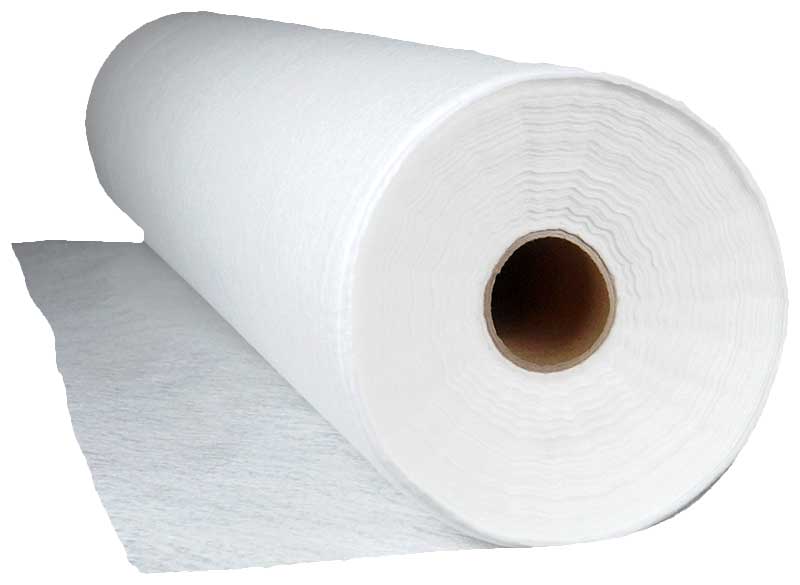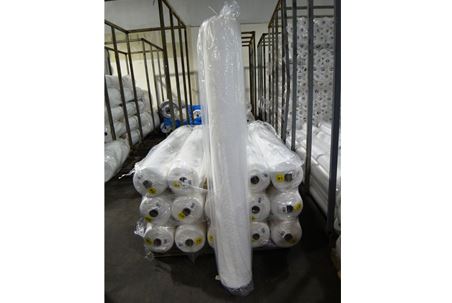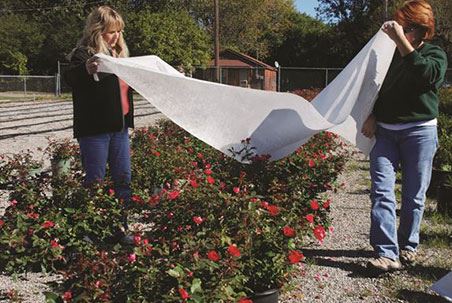Plant Blanket
FREE SHIPPING
Our plant blanket is designed to protect plants from frost and cold weather during the winter months. Constructed from 2.5-ounce spunbound fabric with UV inhibitors, this blanket allows air and water to reach the plants while providing effective frost protection. Sewn seams contribute to its durability and long-lasting performance. The plant blanket helps maintain a warmer temperature underneath, extending the harvest and flowering periods. Available in multiple sizes, it’s an excellent solution for ensuring your plants stay healthy and vibrant during the winter.











